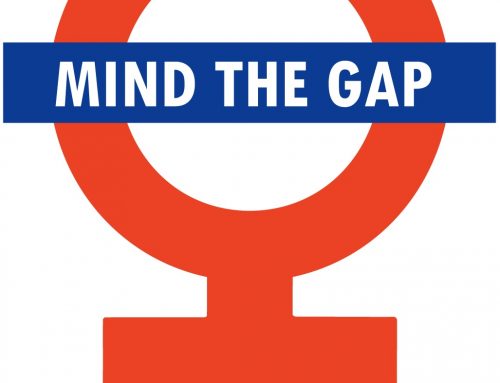It is clear that there are far fewer female than male portfolio managers. Morningstar recently analyzed US mutual fund companies and found that about 10% of managers are women. Yet, a WSJ article highlights some interesting statistics. There are more female chartered financial analysts (CFAs) than mutual fund managers. Additionally, women increasingly have more control over assets (39% of all investible assets in the US according to the WSJ piece). Women’s incomes are rising and as women tend to outlive their spouses, that 39% figure could grow in coming years. In addition, 45% of the country’s millionaires are women. Are we then poised to see a surge in female managers?
Laura Lutton, director of manager research for Morningstar, called the number of women fund managers “exceedingly small,” and said Morningstar researchers expect “shifting demographics may prompt the most change in the fund industry.”
Or will it be more of the same? A piece in the Financial Times takes a dimmer view of the situation, believing that numbers of female managers are dwindling. And one reason could be due to the 2008 recession:
“Reasons given for why the number of female portfolio managers has fallen include the assertion that women have been put off more by the tarnished image of the financial services market than men.”
The fund company Dodge & Cox can boast the highest proportion of female fund managers, with 25% being women. Franklin Templeton had nearly 15% and JP Morgan had nearly 14%. Yet, these numbers are still paltry and nothing to get terribly excited about. On the other side of the discussion, we have a slightly retro vision of the situation. A cringe-worthy quote can be found in this article, “Investment Industry Needs the Female Touch,” on Robeco.com, the website of the Dutch bank:
“What’s more, men are by nature more comfortable with numbers (“ask a man how his year went and he’ll start talking about figures, his profits or his bonus; while women generally talk about their parents’ health, how the kids are doing at school and oh, by the way, work’s going well, too”). Men are also more likely to be attracted by the relatively high pay in the sector.”
Uncomfortable as reading this may be, it is fairly representative of the deeply entrenched bias that continues to exist across the industry. The first step toward rectifying a situation is recognition, and there seems to be plenty of it in the media, but perhaps not as much where it needs to be – with those who make hiring decisions and a commitment to diversity. The statistics, however, are encouraging, and perhaps someday soon it will not even be a point of contention.






